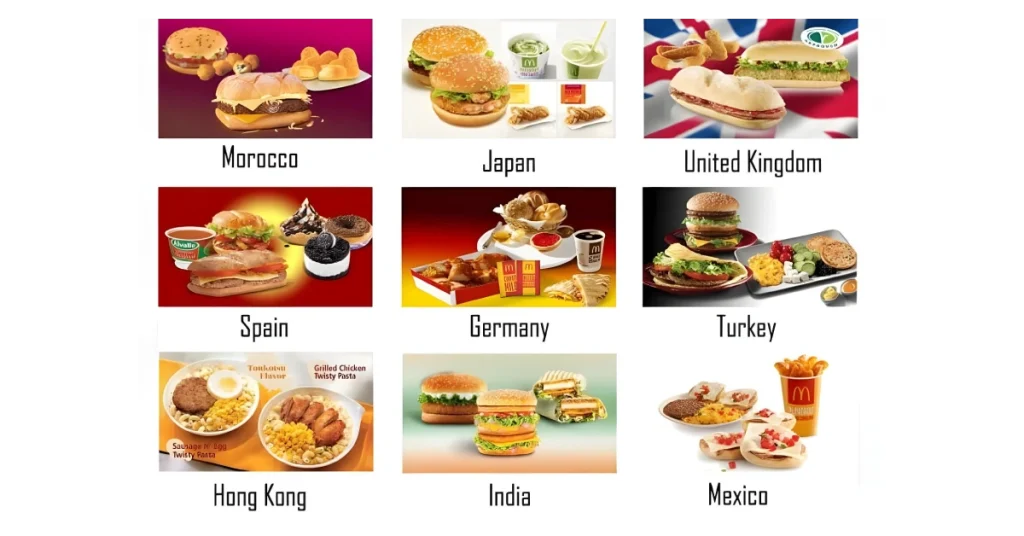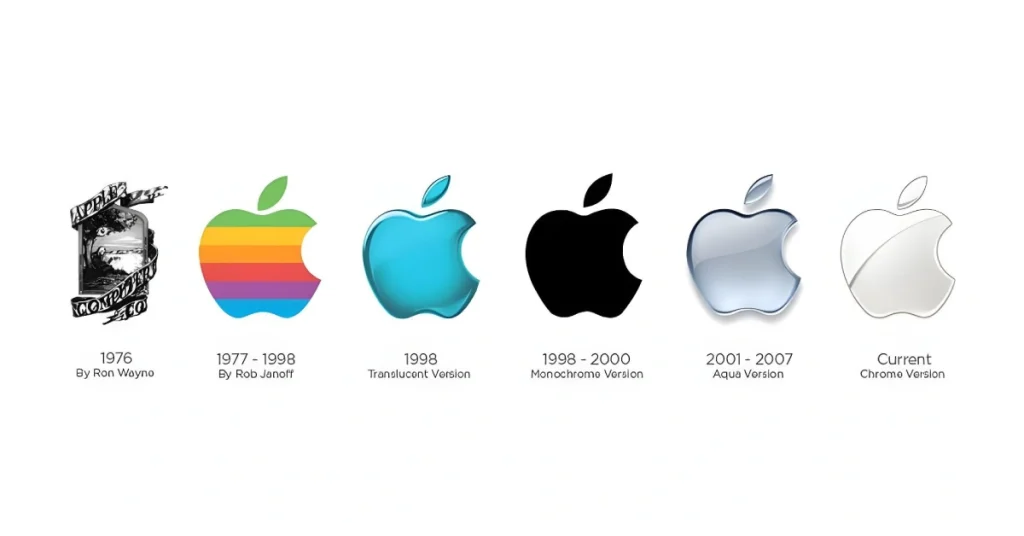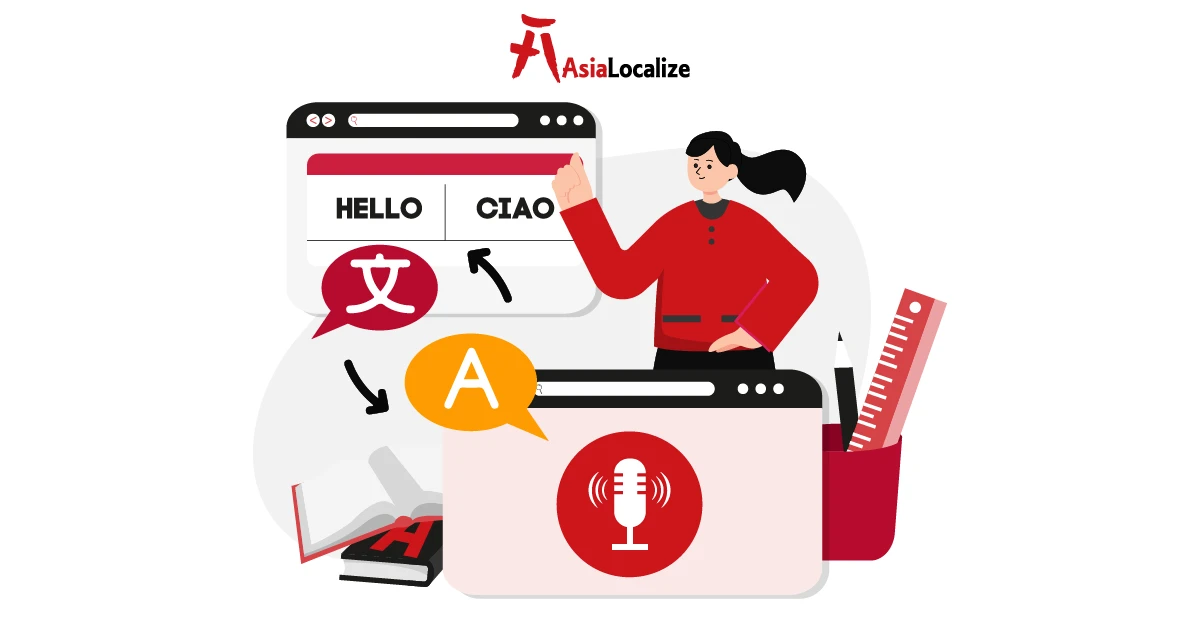Localization and globalization aren’t opposites—they work together. To grow globally, you need to think big and act local. Globalization helps you reach people around the world, while localization makes your message feel personal in every market.
Yet, if you go all-in on globalization, your message might feel distant or generic. And if you only localize, your brand may lose consistency or become too expensive to manage. The key is balance.
To succeed in global markets, your brand needs to feel local everywhere, while still staying true to who you are.
In this blog, we explore localization vs globalization and learn how to use both to build a stronger, smarter global strategy.
Breaking Down localization vs globalization
Far from mere buzzwords, localization and globalization strategies define how businesses bridge the universal with the particular, crafting experiences that resonate globally while captivating locally.
Localization
Localization is the process of adapting content for local markets to align with the cultural, linguistic, and regulatory nuances. It ensures that offerings feel native and relevant to local consumers, from translating text to adjusting designs for cultural sensitivities or complying with regional laws.
Globalization
Globalization involves creating standardized strategies, products, and branding to appeal to a worldwide audience. It emphasizes consistency and efficiency, enabling businesses to operate seamlessly across borders with a unified identity and scalable operations.
Difference Between Localization and Globalization
| Globalization | Localization | |
| Objectives | Globalization aims to unify markets under a cohesive brand strategy, prioritizing universal appeal and cost-effective scalability. | Localization seeks to resonate with local audiences by tailoring experiences to their unique cultural and regional preferences. |
| Scope | Globalization operates on a macro level, implementing global strategies that minimize market-specific variations. | Localization zooms in on micro-level adaptations, addressing the distinct needs of individual regions or communities. |
| Implementation | Globalization drives standardized processes, such as uniform product designs or global marketing campaigns. | Localization customizes these elements, from translating interfaces to reformulating products to meet local tastes or regulations. |
| Real-World Examples | Apple’s iconic branding exemplifies globalization, with its sleek, consistent product designs, logos, and marketing campaigns that are instantly recognizable worldwide, creating a unified brand experience across continents. | Coca-Cola masterfully adapts flavors like green tea-infused drinks in Japan or sweeter blends in Latin America, localizing global campaigns to reflect local traditions, ensuring cultural relevance while maintaining its identity. |
| Make Your Telecom Brand Truly Multilingual through our Telecommunications Translation Services. |
Globalization vs Localization Strategies: When to Use Each Approach
Global success isn’t about choosing sides. It’s about strategic integration. A harmonized strategy uses global standards as a foundation while layering localized adaptations where they matter most—content, customer service, UX, and marketing.
Without globalization, you risk operational chaos and brand inconsistency. Without localization, you risk alienating your audience with tone-deaf messaging or irrelevant experiences.
For example, localization in e-commerce is like giving your customers a VIP shopping experience—one that feels made just for them (because it is). From product descriptions that speak their language, to payment methods they actually use, to friendly local support, it’s how you win their hearts, minds—and yes, wallets too.
For example:
- Netflix uses a global platform and brand identity but tailors its content catalog, subtitles, and promotional materials to each market.
- McDonald’s maintains consistent branding and service models while customizing its menu to fit local tastes and dietary preferences.
| Going Multilingual? These Translation Services Companies Can Help You Do It Right. |
The Role of Cultural Adaptation in Localization
Localization that embraces cultural nuances creates emotional connections, mitigates misunderstandings, and enhances user satisfaction, driving engagement in competitive markets.
65%of global consumers are more likely to trust and buy from brands that provide content in their native language and reflect their local culture.
Elements of Effective Localization
- Translating Content While Maintaining Cultural Relevance: Beyond literal translations, effective localization captures the tone, idioms, and cultural context of the target audience. For example, a humorous tagline in English may need rephrasing to evoke the same emotion in Arabic, ensuring the message lands authentically.
- Adapting Visuals, Colors, and Symbols: Visual elements carry profound cultural weight. Colors like white symbolize purity in Western markets but mourning in parts of Asia. Localizing visuals—such as choosing culturally appropriate imagery or symbols—ensures alignment with local preferences and avoids unintended offense.
- Customizing Marketing Campaigns: Campaigns must reflect local values and traditions to feel personal and relevant. This might involve tailoring promotions to local holidays, like Diwali in India or Lunar New Year in China, or adjusting messaging to honor cultural sensitivities, ensuring campaigns resonate deeply.
For example, Apple’s global branding success lies in its minimalist, universally recognizable design and messaging. Its sleek product aesthetics and iconic logo remain consistent worldwide, creating a cohesive brand identity that transcends cultural boundaries.
Yet, Apple complements this with subtle localization, such as offering region-specific app store content or adapting Siri’s language capabilities, balancing global unity with local relevance.
| Ensure Legal Accuracy Across Borders—No Compromises. Learn More About Our Legal Translation Services. |
Leveraging Technology for Seamless Global Expansion
Picture this: your brand is ready to take on the world, but how do you speak to every culture, every language, without losing your unique voice? That’s where technology steps in, acting like a trusted guide to help you blend globalization and localization effortlessly.
From smart software to AI magic, these tools make it easier to connect with people everywhere while keeping your brand’s heart and soul intact.
Tools for localization and globalization
- Translation Management Systems (TMS): Think of tools like Smartling or Transifex as your multilingual best friend. They organize all your content, automate translations, and work hand-in-hand with other systems to get your message out fast and accurately, no matter the language.
- Content Management Systems (CMS) with Localization Plugins: Platforms like WordPress with WPML or Drupal are like a global stage for your brand. They let you tweak your content for each market while keeping everything tied together under one global roof.
- Automation Tools for Global and Local Content: Tools like Phrase or Crowdin are the unsung heroes, automating the nitty-gritty of localization. They use translation memories and glossaries to keep your words consistent, saving time and making sure your brand feels familiar everywhere.
AI: Your Partner in Global and Local Success!
AI is like having a super-smart teammate who never sleeps. For localization, AI tools like DeepL or Google Translate whip up translations that don’t just sound right—they feel right, capturing the cultural vibe of each market.
A 2023 Slator report found that AI cut localization costs by up to 30%, letting businesses focus on creativity rather than budgets.
For globalization, AI crunches data to spot trends, predict what customers want, and push content worldwide with ease. It’s the perfect blend of brains and heart, making your global journey smoother and smarter.
Automation for Global and Local Content: Keeping Your Brand in Sync
Automation is like the glue that holds your global and local efforts together. Tools like translation memories and glossaries ensure your brand’s voice stays consistent, whether you’re in Tokyo or Toronto.
Imagine Nike’s “Just Do It” slogan—it’s powerful everywhere because automation ensures it’s translated with the same energy and meaning across 100+ languages.
Globalization gives your story a universal stage, with a consistent voice and vibe that echoes everywhere. Localization adds the heart, tweaking your tale to feel like it was written just for each listener, whether it’s in their language, culture, or everyday life.
Together, they’re not just strategies; they’re the magic that makes your brand feel like a global friend who gets every local nuance.
With 12 years of experience in the translation game, AsiaLocalize knows that global success isn’t about choosing between globalization and localization—it’s about blending them seamlessly.
We bring you the best of both worlds: the strategic clarity of globalization and the cultural nuance of localization. From expert linguists and smart tech tools to proven QA processes, we’ve got the right balance to help your brand speak to the world—clearly, confidently, and authentically.
Let’s break the language barrier—together.
| Discover Your Localization Potential. Contact Us Now! |







